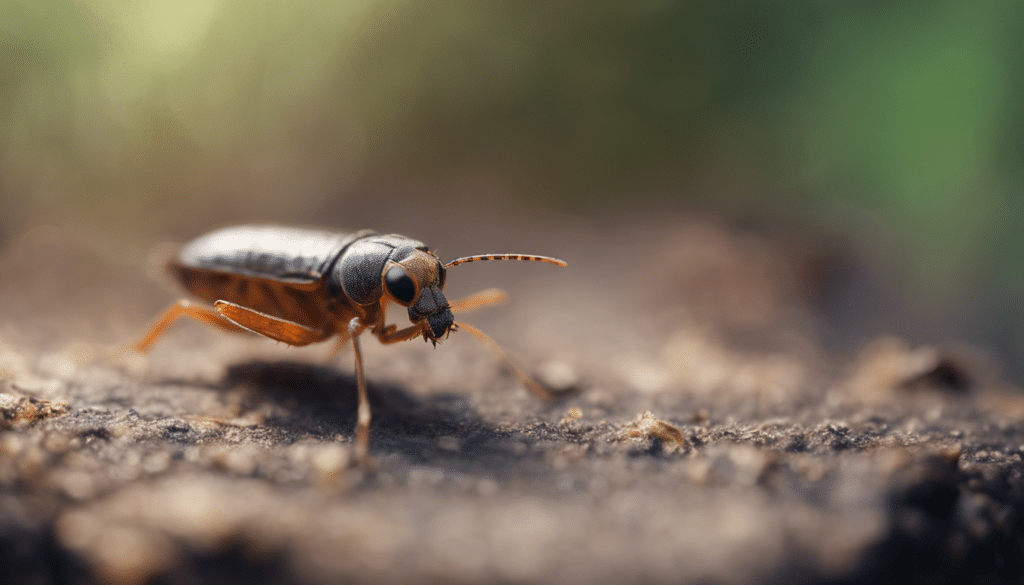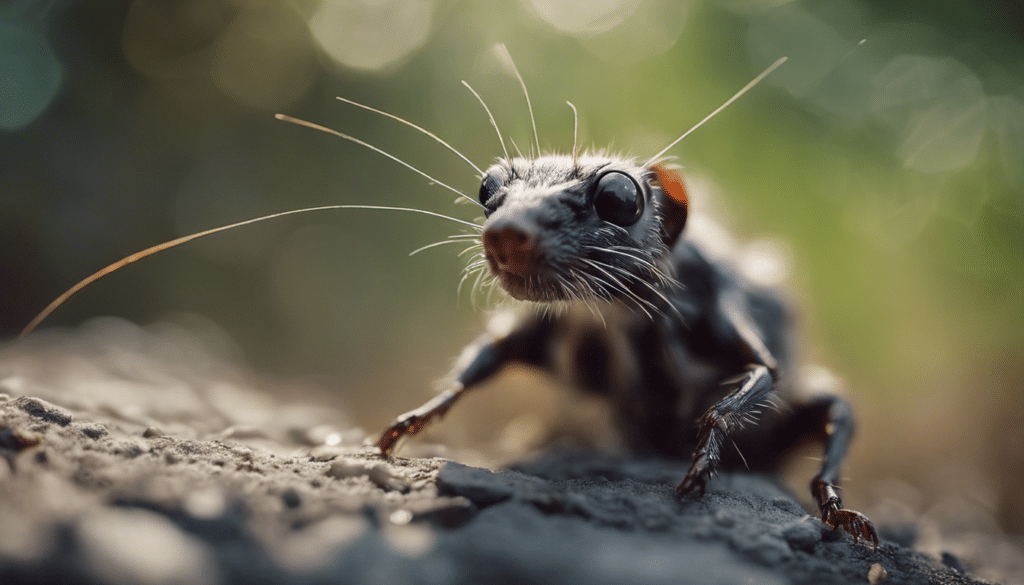Understanding Ecosystems: The Tapestry of Life
At its core, an ecosystem represents a complex network of living organisms—the flora and fauna—intertwined with the non-living elements of their environment, each piece interacting in a delicate balance. Like the threads of a tapestry, every element, from the tiniest microorganism to the towering trees and creatures within, plays a vital role in the sustainability of the habitat.
The Structural Components of an Ecosystem
Ecosystems are holistic entities consisting of biotic (living) and abiotic (non-living) components. Biotic components include plants, animals, and microorganisms, whereas abiotic components encompass elements like soil, climate, water, and sunlight. Together, these components engage in a symphony of interactions that drive crucial processes such as energy flow and nutrient cycling, which hold an ecosystem together.
Energy Flow: The Lifeline of Ecosystems
Sunlight serves as the primary source of energy for most ecosystems, harnessed through the process of photosynthesis by plants. These primary producers form the base of the food web, converting solar energy into usable chemical energy. Consumers, such as herbivores, carnivores, and omnivores, transfer this energy by feasting on plants and each other. Decaying matter is broken down by decomposers, returning nutrients back into the ecosystem, thus completing the cycle and ensuring the continuity of life.
Nutrient Cycling: The Ecosystem’s Recycling Program
Essential to ecosystem functionality is the constant recycling of nutrients. This complex loop—one among many ecological cycles—includes the carbon, nitrogen, and phosphorus cycles. Microorganisms play a significant role here, aiding in the decomposition of organic matter and recycling nutrients through the soil and into the trophic levels of the ecosystem. This process ensures that ecosystems remain resilient and self-sustaining over time.
Interconnectedness and Biodiversity
A thriving ecosystem is a biodiverse one, where the variety of life forms—from genetics to species and ecosystems—contribute to the whole. The concept of biodiversity is essential in understanding ecosystems because it strengthens resilience against disturbances and fosters a range of services necessary for life, including pollination, soil fertility, and water purification.
Human Impact on Ecosystems
Our actions, whether through habitat destruction, pollution, overfishing, or the introduction of invasive species, have profound effects on the delicate balance of ecosystems. It’s vital to acknowledge human influence and develop sustainable practices to minimize our footprint. By leveraging our understanding of ecosystem dynamics, we can better anticipate the consequences of interventions, protecting these intricate systems for future generations.
Conservation and Restoration
To maintain the intricate balance within ecosystems, conservation efforts are crucial. These activities range from protecting habitats to reintroducing native species and controlling invasive ones. Restoration ecology, which seeks to repair damaged ecosystems, highlights not only the resilience of nature but also the innovation and dedication of individuals committed to preserving it.
In conclusion, ecosystems are dynamic and complex. Each species, climate factor, and element work in concert to create and maintain these environments. Understanding ecosystems involves recognizing the interdependent nature of these relationships and the importance of preserving them. Through knowledge and proactive stewardship, we can ensure the survival of ecosystems and continue to reap the benefits of their many services.
Small Animals in the Wild: How Do Small Insects and Arachnids Contribute to the Ecosystem?

In the intricate tapestry of the ecosystem, every creature plays a pivotal role, no matter how small. Insects and arachnids may often be overlooked due to their size, but their contributions are fundamental for ecological balance. Delving into their world, one discovers a hub of activities that uphold various natural processes.
The Undeniable Importance of Pollination
Many small insects, such as bees, butterflies, and certain species of ants and beetles, are proficient pollinators. These tiny animals facilitate the reproductive process of flowering plants by transferring pollen from one flower to another. This seemingly simple action is a cornerstone of fruit and seed production, which in turn forms the basis of diets for countless other animals, including humans.
Natural Pest Control Agents
Ladybugs, lacewings, and various spider species are known to be natural predators of pest insects. These valiant predators help maintain the population balance of species that, if left unchecked, could cause significant damage to plants and crops. Their hunting prowess underscores the concept of biological pest control, reducing the need for chemical pesticides that can be harmful to the environment.
Decomposers: Nature’s Cleanup Crew
Dung beetles, termites, and many others take on the vital role of decomposing organic matter. Through their diet of detritus, these insects help recycle nutrients back into the soil, enriching it for plant growth. This decomposition process is a fundamental component in the nutrient cycle, supporting plant and microbial life.
Architects of the Micro-World
Arachnids like spiders and certain insects are known for their impressive engineering abilities, constructing intricate webs and nests that are vital for their survival and reproduction. These structures can also provide shelter and food for other smaller species, thus contributing to biodiversity.
Indicators of Ecological Health
Small insects and arachnids often serve as bioindicators—species that can be used to monitor the health of the environment. A diverse and abundant insect population generally indicates a healthy ecosystem, while a decline can signal an imbalance, often due to pollution, habitat destruction, or climate change.
Support for Higher Trophic Levels
Small arthropods form a substantial part of the diet for many birds, amphibians, reptiles, and mammals. By serving as prey, these small animals support higher trophic levels, ensuring a steady flow of energy through the food web.
Conservation and Human Impact
While the contributions of insects and arachnids to ecosystems are immeasurable, they face threats from human activity such as habitat loss, pollution, and climate change. Protecting these small creatures is essential, not only for their preservation but also for the maintenance of the broader ecosystems they support.
Interactive Relationships and Ecosystem Dynamics
The interaction of small insects and arachnids with plants, microorganisms, and each other creates a dynamic and complex ecosystem. Their activities help to ensure that vital processes like pollination, decomposition, and nutrient cycling occur efficiently.
In conclusion, the tiny denizens of the natural world may be small in stature but are giants in their ecological roles. The health of our planet relies significantly on these miniature marvels. It is our collective responsibility to acknowledge their significance and safeguard their existence for the continued vibrancy of life on Earth.
The Crucial Role of Pollination

Pollination, a process often taken for granted, stands as a cornerstone within ecosystems globally. This biological interaction goes beyond the mere spectacle of buzzing bees and fluttering butterflies — it represents a vital mechanism for the survival of countless species, including our own. Pollination allows for the transfer of pollen grains from the male anther of a flower to the female stigma, leading to the production of seeds and, consequently, the propagation of plant life.
Agents of Pollination: From Bees to Wind
The unilateral perception of bees as the sole pollinators is a misconception. Other than these industrious insects, pollination agents include a variety of creatures like birds, bats, and even lizards, as well as non-living entities such as wind and water. Each pollinator specializes in navigating different floral architectures, ensuring a diversification that ultimately strengthens the resilience of plant species.
- Bees: Celebrated as the quintessential pollinators, bees are adept at seeking out nectar, inadvertently transferring pollen as they move from one blossom to another.
- Birds: Birds, specifically hummingbirds, are known for their role in pollinating flowers that commonly exhibit tubular shapes, adapted to their slender beaks.
- Bats: In nocturnal pollination, bats are the unsung heroes facilitating the reproductive cycles of plants like agave and wild bananas.
- Wind: For some plants, wind acts as a courier for pollen grains, suitably equipped for species with lightweight, aerodynamically-fit pollen.
Synergy between Flora and Fauna
This interdependence between flora and fauna epitomizes synergy. Plants have evolved to exhibit distinct colors, scents, and shapes that attract their specific pollinators. In turn, these animals or forces of nature aid in the plant’s reproductive success, often receiving a reward such as nectar, shelter, or sustenance.
The Perils Threatening Pollinators
Despite the significance of pollination, pollinators are facing unprecedented threats. The extensive usage of pesticides, loss of habitats due to urbanization, and climate change challenges such as extreme weather conditions and shifting flowering periods, are jeopardizing this delicate symbiotic relationship. It’s key to address these perils by promoting pollinator-friendly practices, preserving natural habitats, and supporting ecological research and conservation initiatives.
Nurturing Our Natural Allies
To safeguard pollination processes and, by extension, the ecosystems that rely on them, it is imperative to adopt sustainable practices. Incorporating pollinator gardens, reducing pesticide applications, and protecting green spaces can make a substantial difference. We must nourish the environment upon which these incredible processes depend, understanding that ecosystems are not isolated islands but intricate networks where every action resonates throughout the whole.
Implications for Biodiversity and Human Well-being
The intricate dance of pollination holds immense implications for biodiversity and human sustenance. A significant portion of our nutritional resources, notably fruits and vegetables, depend on efficient pollination. The absence or decline of pollinator species would not only diminish the genetic diversity found in nature but could also lead to a substantial reduction in our food supply. Consequently, safeguarding pollinators is inextricably linked to ensuring food security and advancing human well-being.
Efforts Transcending Borders
Pollination is not a localized phenomenon; it knows no borders. Collaborative international conservation efforts are essential in maintaining healthy ecosystems that can sustain the diverse web of pollinators. Engaging in knowledge exchange and unified policies can lead to more effective protection strategies, ultimately serving the greater goal of preserving the delicate equilibrium of our planet’s biodiversity.




